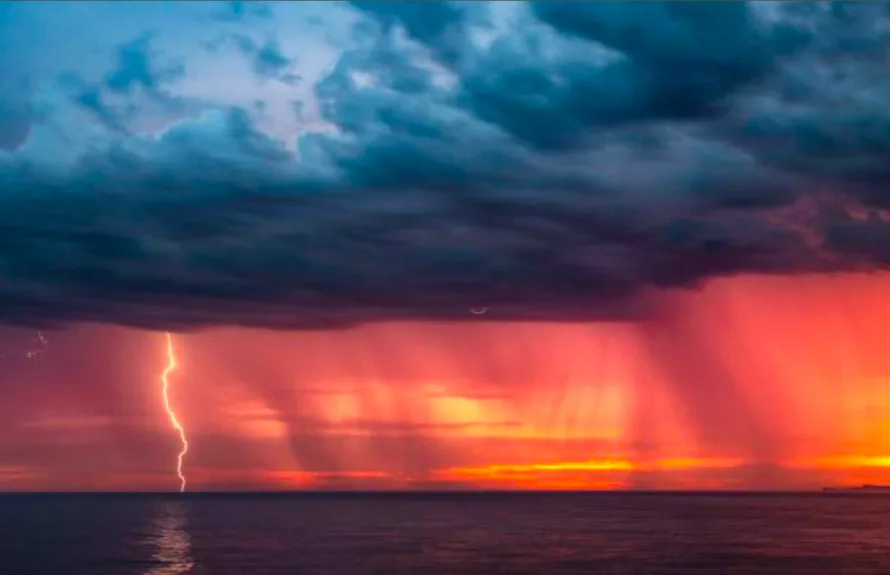
Weak La Niña may re-emerge, WMO says. Here's what that might mean for Canada
The World Meteorological Organization puts the odds of a weak La Niña re-emerging at around 40 per cent.
There's a chance that a weak La Niña may re-emerge later this year, according to a new outlook from the World Meteorological Organization (WMO).
La Niña is the name given by meteorologists to the phenomenon by which ocean surface temperatures in the central and eastern equatorial Pacific become cooler than normal. Its counterpart, El Niño, occurs when that part of the ocean experiences warmer-than-normal temperatures.
In a bulletin last week, the WMO said there is a 40 per cent chance La Niña might emerge over the September to November period. If it does, this will be the second year where such a re-emergence occurs.

Visit our Complete Guide to Fall 2021 for an in-depth look at the Fall Forecast, tips to plan for it and much more!
La Niña's effects on Earth's weather extend far from its Pacific location, and can exacerbate existing drought conditions in some parts of the world, and fuel heavy rainfall elsewhere.
In Canada, an active La Niña can sew the seeds for a colder winter in western Canada, sometimes impacting Ontario as well, and can also mean wetter conditions along the West Coast and near the Great Lakes.

It can also suppress the eastern Pacific hurricane season, while contributing to the formation of tropical storms in the Atlantic basin, with potentially more major hurricanes of Category 3 strength or greater.
WMO Secretary-General Petteri Taalas warned, however, that, like other naturally occurring climate events, La Niña now takes place in a world of worsening effects of human-induced climate change, which has increased global temperatures and worsened extreme weather events.
“We have seen this with devastating and tragic effect in the past few months in nearly all regions of the world. Climate change is increasing the severity and frequency of disasters,” he said in a statement from the WMO.
Thumbnail courtesy World Meteorological Organization
